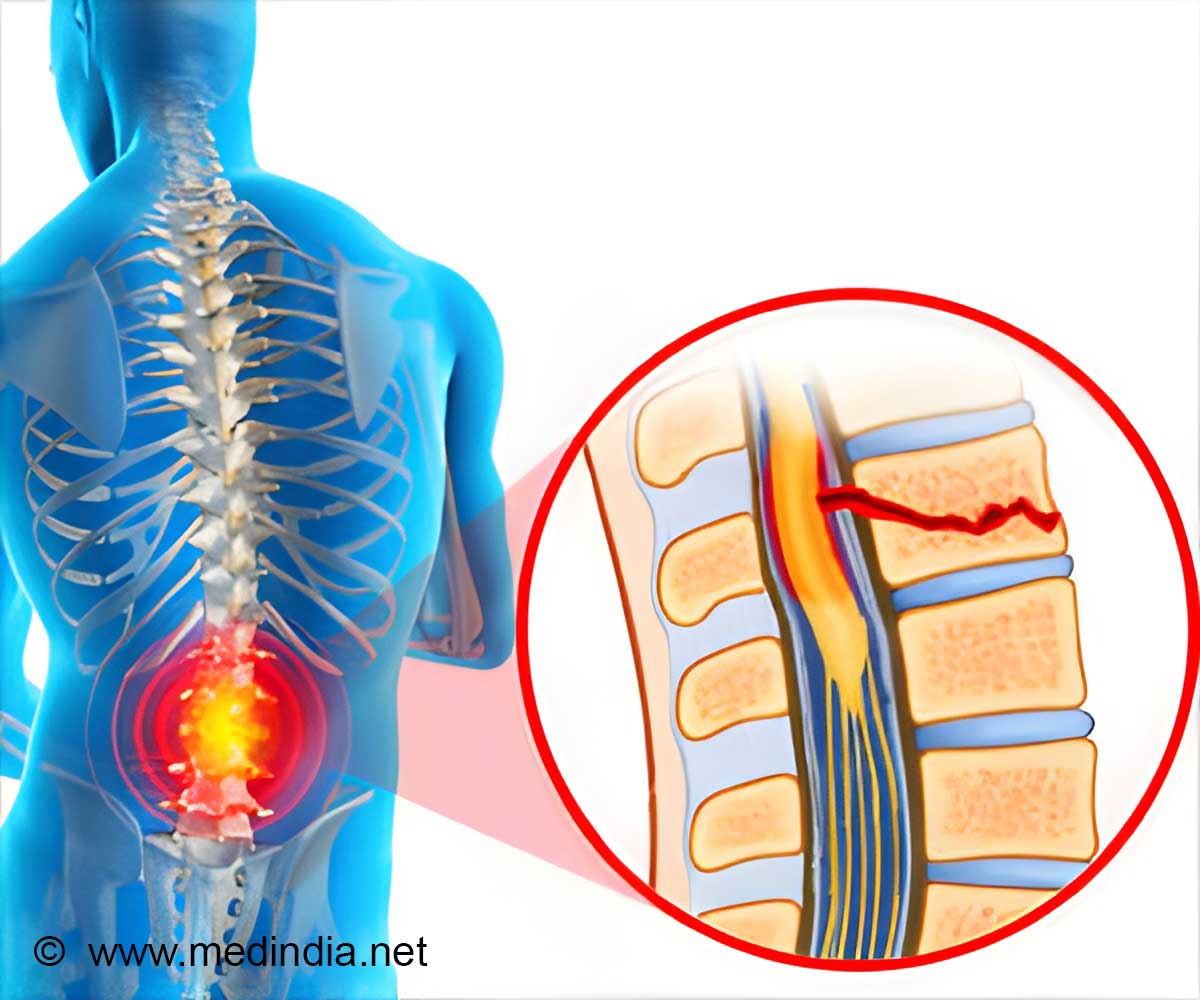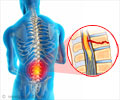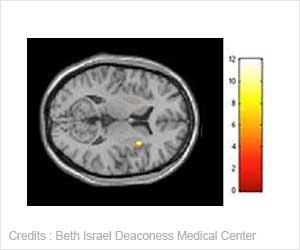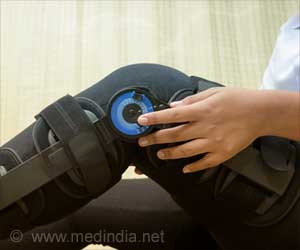Blood flow to the injured site is disrupted and treatment is given for the first seven days but recent research shows that it may be insufficient.

TOP INSIGHT
Post-injury changes in the spine tend to continue and sometimes worsen over days 2-7, even at measurement sites farther away from the injury.
In the article entitled "Changes in Pressure, Hemodynamics, and Metabolism within the Spinal Cord during the First 7 Days after Injury Using a Porcine Model," the researchers present the results of analyzing the lactate/pyruvate ratio (a measure of metabolic activity), blood flow, oxygenation, and hydrostatic pressure at and near the site of traumatic SCI in minipigs. The findings indicate that the post-injury changes tended to continue and sometimes worsen over days 2-7, even at measurement sites farther away from the injury.
While the primary damage to the spinal cord occurs at the time of mechanical impact (e.g., from a motor vehicle accident, fall from height), early treatment approaches for the acutely injured patient aim to mitigate the secondary pathophysiologic processes that are triggered within the injured cord.
These include vascular disruption, intraparenchymal hemorrhage, vasospasm, impaired autoregulation, and vasogenic edema as a consequence of blood–spinal cord barrier breakdown. These combined responses can lead to impaired spinal cord perfusion with resultant ischemia, hypoxia, and energy dysfunction, of which all can negatively impact spared neural tissue at and around the injury site.
Therefore, current clinical practice guidelines encourage aggressive hemodynamic resuscitation and elevation of mean arterial blood pressure (MAP) to 85–90 mm Hg for the first 7 days post-injury.
"The results indicate that providing hemodynamic support to SCI patients for a restricted period may not be optimal to protect against posttraumatic injury mechanisms."
 MEDINDIA
MEDINDIA




 Email
Email









